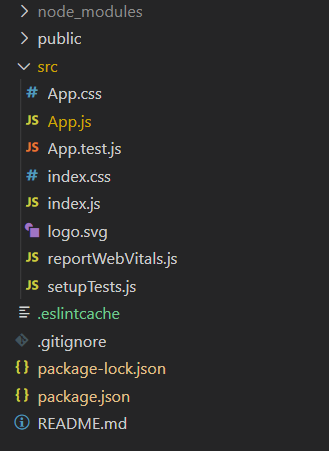ReactJS UI Ant Design Radio Component
Last Updated :
21 May, 2021
Ant Design Library has this component pre-built, and it is very easy to integrate as well. Radio Component allows the user to select one option from a set. We can use the following approach in ReactJS to use the Ant Design Radio Component.
Radio Methods:
- blur(): This method is used to remove the focus from the element.
- focus(): This method is used to get the focus on the element.
Radio Props:
- autoFocus: It is used to get focus when the component is mounted.
- checked: It indicates whether the radio is selected or not.
- defaultChecked: It is used to specify the initial state of whether the radio is selected or not.
- disabled: It is used to disable the radio.
- value: It is used to denote the value for the radio button which is selected.
RadioGroup Props:
- buttonStyle: It is used to denote the style type for the radio button.
- defaultValue: It is used to define the default selected value for the radio button.
- disabled: It is used to disable all radio buttons.
- name: It is used to define the name property of all input children which are of type radio.
- options: It is used to set children optional.
- optionType: It is used to specify the option type for the radio.
- size: It is used to denote the size of the radio.
- value: It is used for setting the currently selected value.
- onChange: It is the callback function which is triggered when the state changes.
Creating React Application And Installing Module:
-
Step 1: Create a React application using the following command:
npx create-react-app foldername
-
Step 2: After creating your project folder i.e. foldername, move to it using the following command:
cd foldername
-
Step 3: After creating the ReactJS application, Install the required module using the following command:
npm install antd
Project Structure: It will look like the following.

Project Structure
Example: Now write down the following code in the App.js file. Here, App is our default component where we have written our code.
App.js
import React, { useState } from 'react'
import "antd/dist/antd.css";
import { Radio } from 'antd';
export default function App() {
const [currentValue, setCurrentValue] = useState("Goa")
return (
<div style={{ display: 'block', width: 700, padding: 30 }}>
<h4>ReactJS Ant-Design Radio Component</h4>
<Radio.Group onChange={(e) => {
setCurrentValue(e.target.value)
}} value={currentValue}>
<Radio value={"Goa"}>Goa</Radio>
<Radio value={"MP"}>MP</Radio>
<Radio value={"Delhi"}>Delhi</Radio>
<Radio value={"UP"}>UP</Radio>
</Radio.Group> <br />
Current Selected Option: {currentValue}
</div>
);
}
|
Step to Run Application: Run the application using the following command from the root directory of the project:
npm start
Output: Now open your browser and go to http://localhost:3000/, you will see the following output:

Reference: https://ant.design/components/radio/
Share your thoughts in the comments
Please Login to comment...